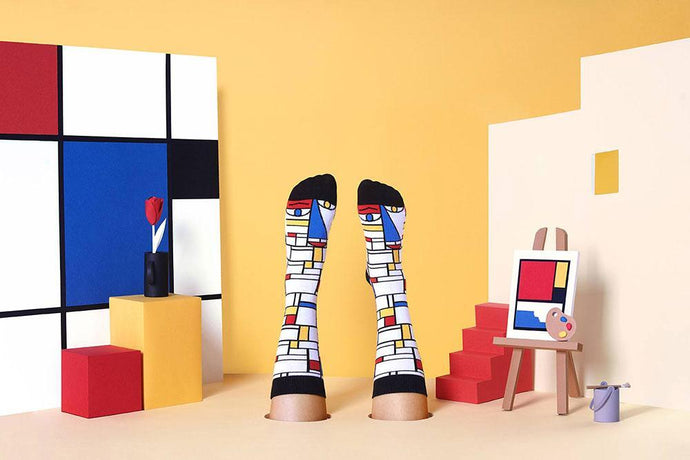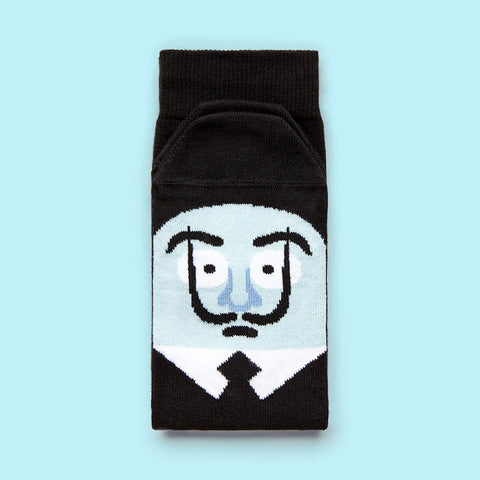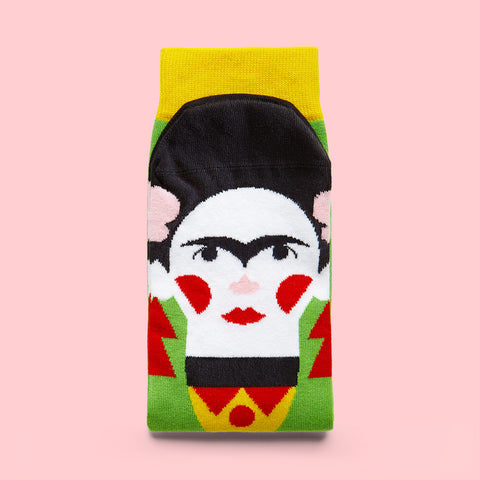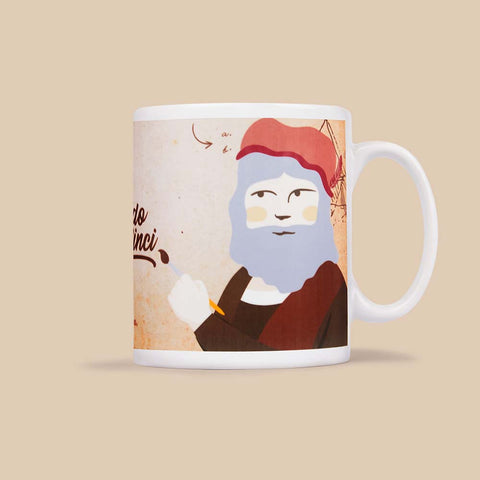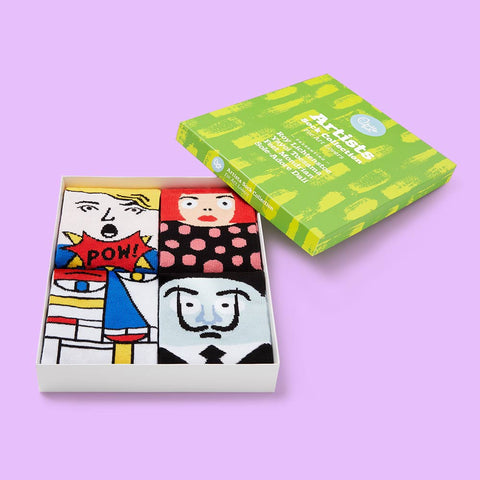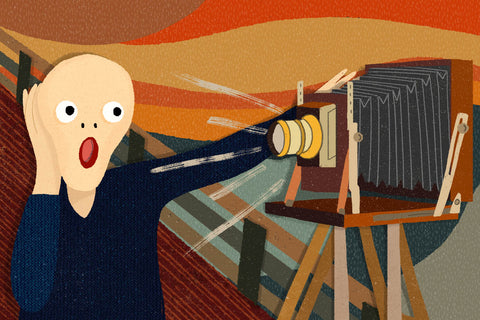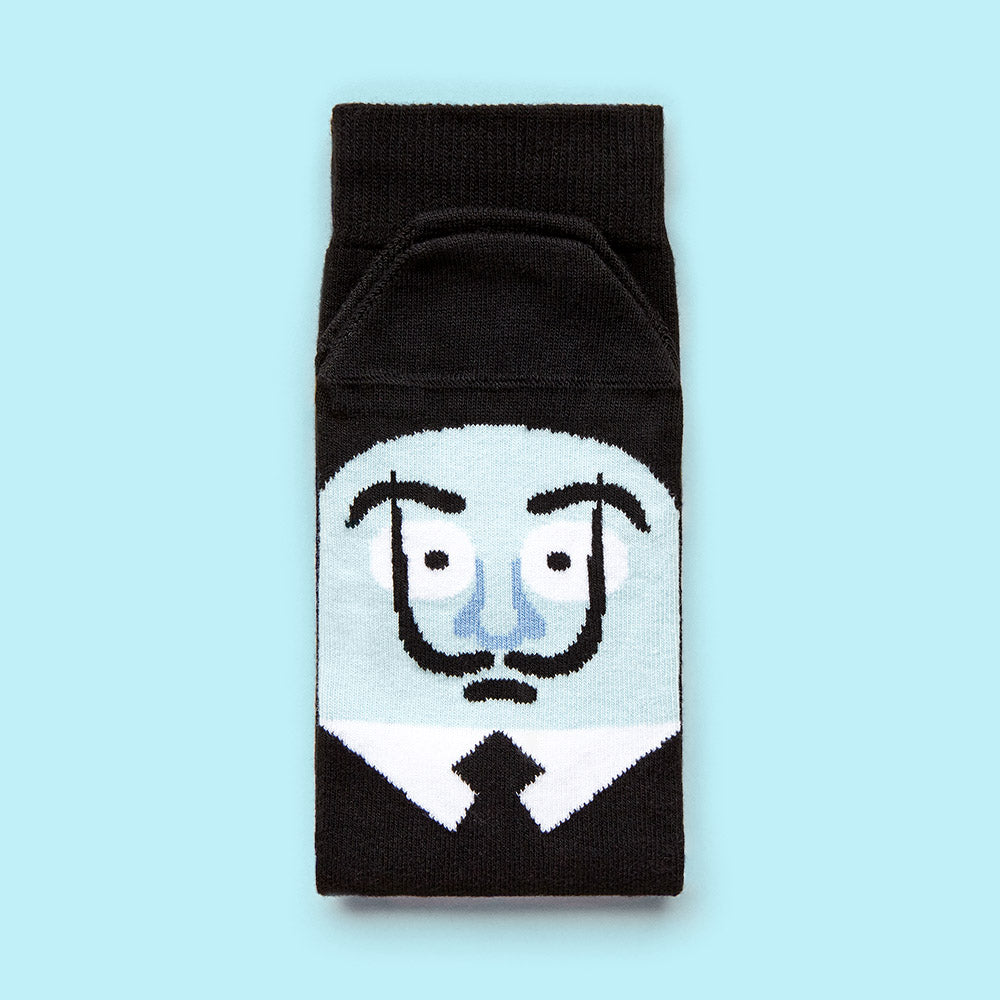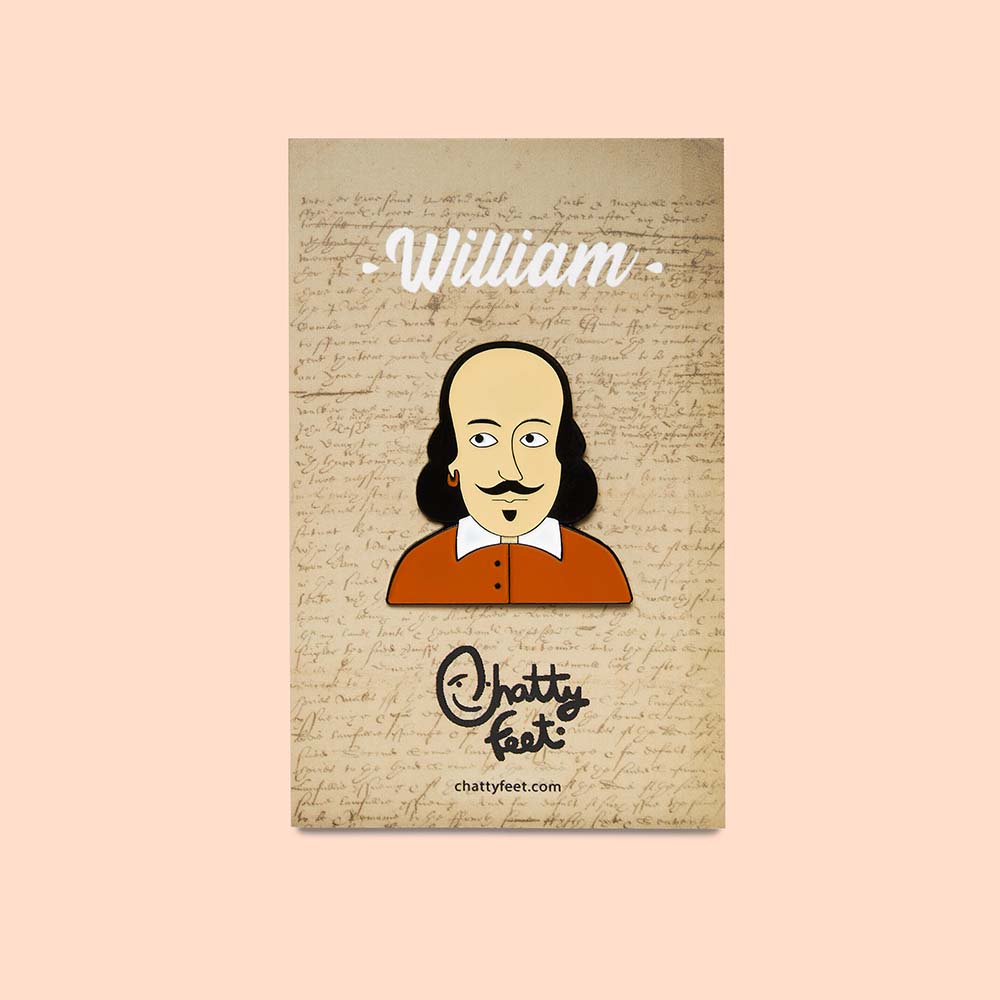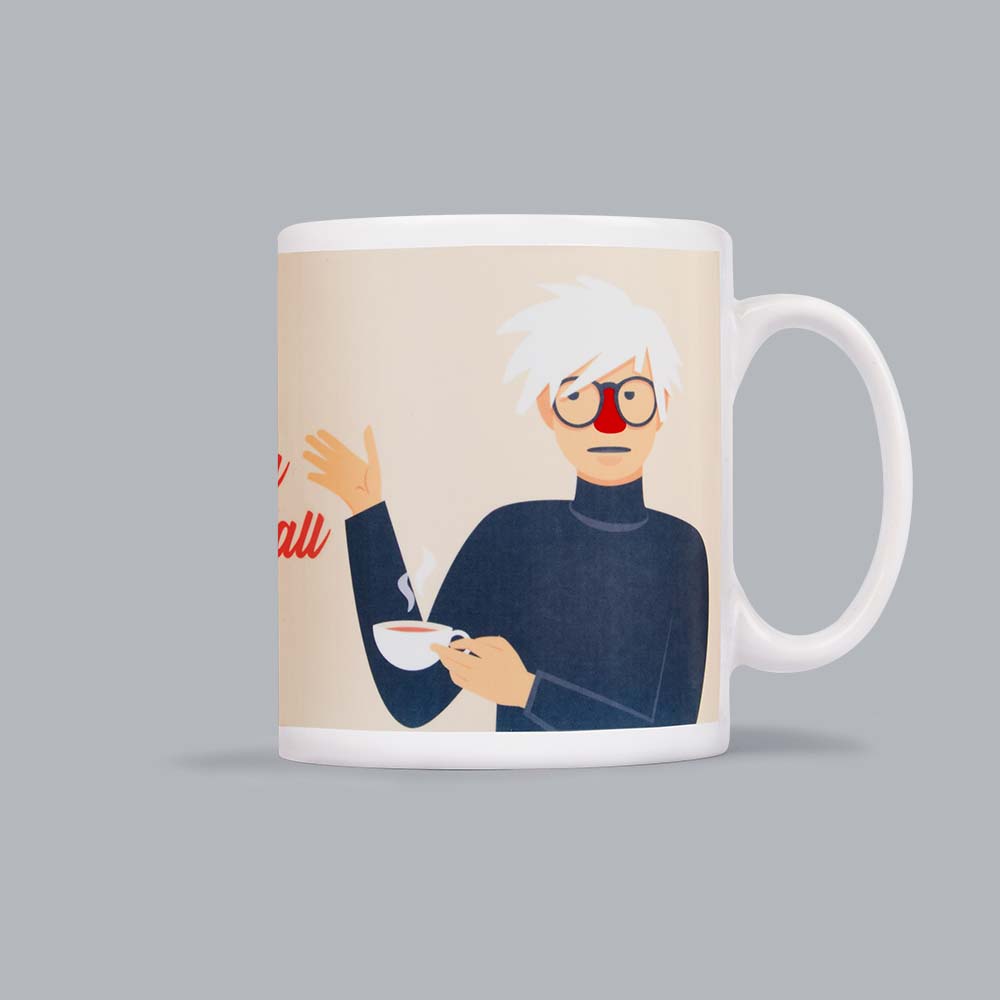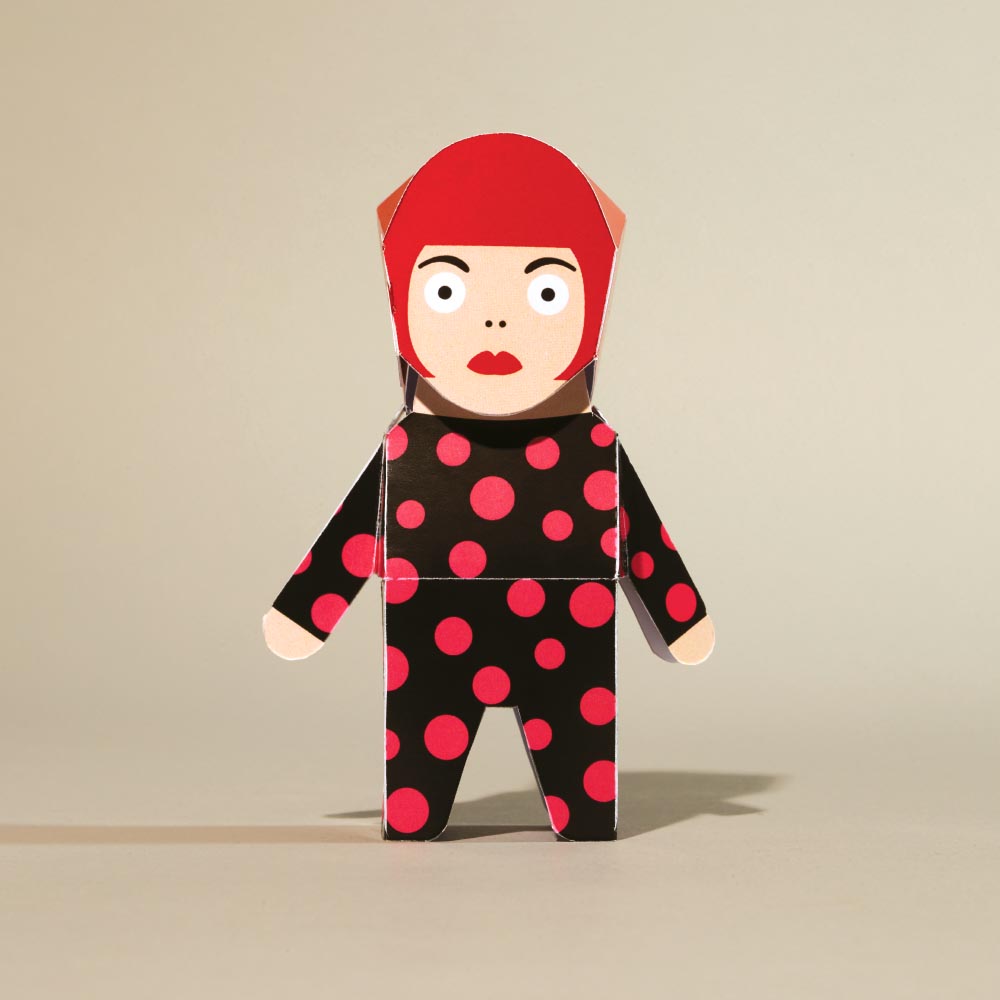The beginning
Picasso was born in Malaga, Spain. He was such a weak baby that the midwife thought he was stillborn. It was his uncle, Don Salvador who exposed that he was alive by blowing cigar smoke into his face. What a brutal beginning! It is rumoured that Picasso’s first word was ‘pencil’- the perfect match for someone who was about to become a famous artist. His father was a painter himself and taught Picasso how to draw pigeons. Picasso progressed quickly and made his first painting, Le Picador at the age of 9. By the time he reached 13 years old, his father insisted that Picasso could paint better than he could.

Creative periods
Picasso painted in many different styles that changed throughout his career. In the Blue Period (1901-1904), Picasso was influenced by a trip in Spain and the suicide of his friend Carlos Casagemas who took his life due to unreturned love. In this period, Picasso painted morbid painting of prostitutes, beggars and drunks with shades of blue. The Rose Period (1904-1906) began when Picasso moved to Monmarte in Paris. In contrast to the blue period, he was painting happier themes like clowns and performers in cheerful red tones.
In the African Period (1906-1909), Picasso was inspired by African artworks that were brought back to Paris by the French empire. African culture was in the spotlight and Picasso thought it was cool enough to draw. In his Cubism period (1907-1912), he rejected the idea that art should copy nature. Perspective and reality were represented by geometric shapes - cubes were all the rage!

Pablo Picasso, Violin Hanging on the Wall (1912-13)
Picasso had many lovers. Fernande Olivier, Eva Gouel, Olga Koklova, Marie-Thérèse Walter, Dora Maar, Françoise Gilot, Genevieve Laporte and Jacqueline Roque just to name a few. There was a lot of drama and jealously involved in his relationships: Fernande wrote memoirs that made Picasso unleash his lawyers; Eva Gouel died an early death, leaving Picasso devastated; Olga Koklova, a ballet dancer, divorced Picasso after finding out about the affair he had with Marie-Thérèse Walter; Dora Maar wrestled on the floor with Marie after they both demanded that Picasso should choose between them; Françoise Gilot published a book about her relationship with Picasso that sold over one million copies despite Picasso’s legal battles against it (and as a result, Picasso refused to see their children Claude or Paloma); Genevieve Laporte refused to move in with Picasso which 'saved her skin’ as told by Jean Cocteau, Picasso’s friend; and Jacqueline Roque prevented Picasso’s children from attending their wedding.
 Dora Maar
Dora Maar
Important paintings by Picasso:
La Vie (1903) was painted in the Blue Period when Picasso was poor. It shows a naked couple in front of a mother holding a child. There is an additional painting of a naked couple at the back and a lonely crouching person below them. In Les Demoiselles d’Avignon (1907) Picasso painted prostitutes from a brothel in Barcelona. Two figures are drawn in African style and three others have Iberian characteristics. It was a controversial painting that Matisse saw as a bad joke. The faces look anxious and make the viewer feel uncomfortable. Guernica (1937) is a huge painting depicting the horrors of war. Guernica is a village in the north of Spain that was bombed by German and Italian airplanes during the Spanish Civil War. Most men were away fighting and it was the defenseless women and children who were the victims of this attack.
 Guernica
Guernica
Notable quotes:
"The purpose of art is washing the dust of daily life off our souls.”
"Every child is an artist. The problem is how to remain an artist once we grow up.”
"Are we to paint what's on the face, what's inside the face, or what's behind it?”
"Every act of creation is first an act of destruction."

